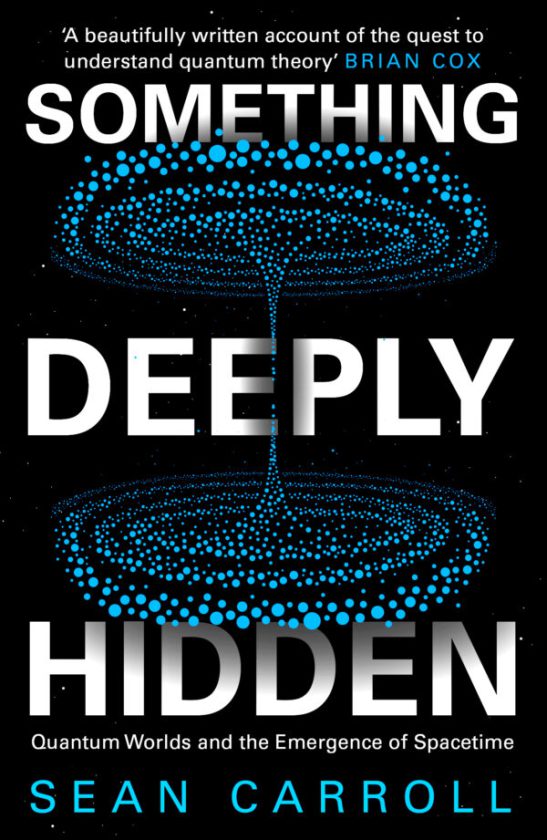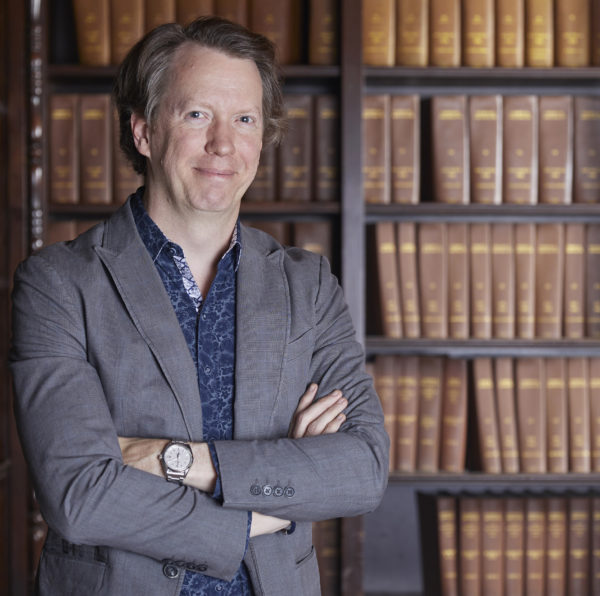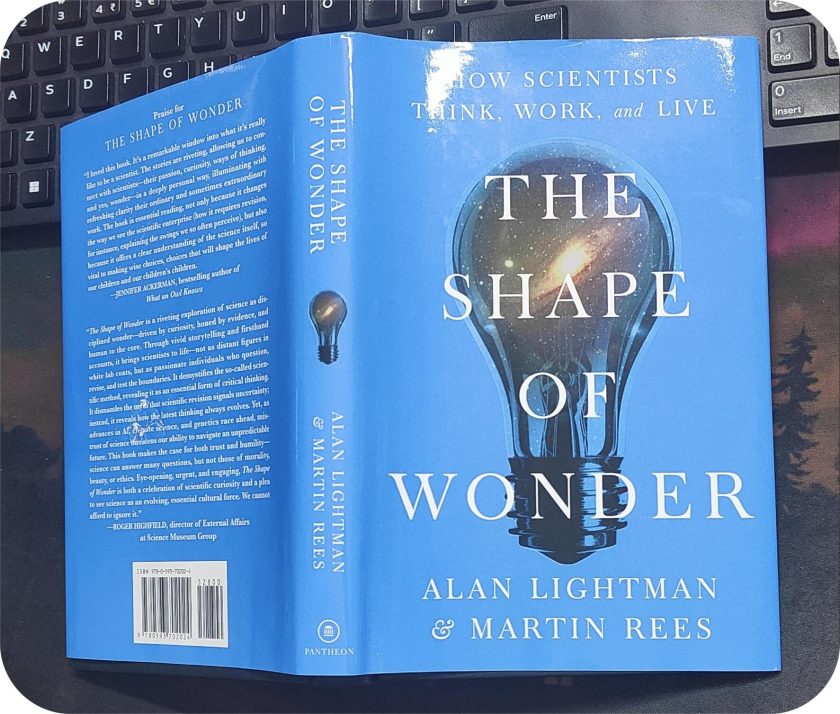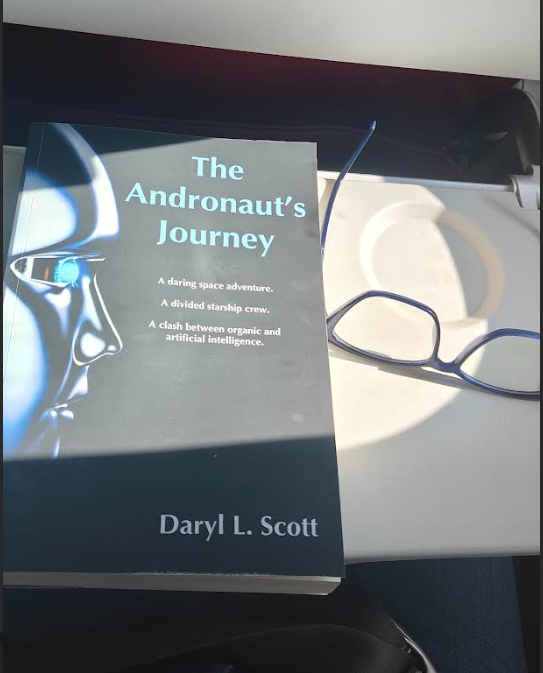
“Something Deeply Hidden: Quantum Worlds and the Emergence of Spacetime” is a non-fiction work authored by American theoretical physicist Sean M. Carroll. It was first published in 2019. The book talks about the fundamental principles of quantum mechanics, with a focus on the Many-Worlds interpretation.
Carroll analyzes the reasons why people have common misconceptions about quantum mechanics and supports a version of the many-worlds interpretation, which means he does not endorse the perspectives which are associated with the Copenhagen interpretation.
Here’s a breakdown of the ideas explored in the book:
Many-Worlds Interpretation (MWI)
MWI, also known as the Everettian interpretation, suggests that the universe is like one big, unchanging wave that follows the Schrödinger equation and includes all possible quantum states of the system. Accordingly, all the different happenings of quantum events are occurring at the same time in parallel worlds, and when we make observations, the wave function doesn’t collapse.
When we dive into quantum mechanics, The Many-Worlds Interpretation becomes obvious, as it treats the observer as part of the quantum system, so everyone’s playing by the same set of rules.
One of the interesting ideas in MWI is decoherence. In quantum mechanics, everything is everywhere, so when a quantum system interacts with its environment, it also becomes entangled with the (same) environment. This process effectively “separates” the different possible outcomes of a quantum event, preventing them from interfering with each other. Hence, they don’t step on each other’s toes!
Some people find MWI a bit tricky to wrap their heads around, mainly because it suggests that there are countless versions of each person out there, each living all sorts of different lives, like Evelyn in Everything Everywhere All at Once exists across countless parallel universes, each shaped by different choices and circumstances. (Reference to the movie is not mentioned in the book, btw.) Rather he explains that when we talk about the “splitting” of worlds, it doesn’t mean there are copies of people making different choices all the time. Instead, the terms “branches” and “worlds” are simply a helpful way to describe how the wave function evolves.
Hidden Variable Theories
Author then talks about the hidden variable theories, which postulate that the wave function doesn’t tell us the whole story about reality and that there are some “hidden variables”, which influence the results of quantum measurements. A popular example of this idea is Bohmian mechanics, also known as the de Broglie Bohm theory or pilot-wave theory.
Bohmian mechanics offers an interesting perspective, which is, there are variables that we cannot observe but these hidden variables influence the outcomes of quantum events. So, instead of being random, quantum mechanics has a more predictable & deterministic nature.
Copenhagen Interpretation
It has two sets of rules, one for when a system is not being observed, and another for when it is. So, the idea is that a quantum system (like an electron or photon) exists in a superposition of multiple states until it is observed and according to the Copenhagen Interpretation, the system behaves differently when it is observed (by collapsing into a single state) compared to when it is not (when it exists in a superposition of states).
Carroll finds this distinction a bit troubling, as he believes that a core theory of nature should apply the same rules, no matter if we’re observing a system or not. The interpretation treats the observer as classical, which is inconsistent with the quantum nature of the universe. For me, this makes total sense, if the game’s rules change depending on whether you’re watching or playing, it would create confusion. The rules should apply the same way to everyone, whether they’re actively participating or just observing.
Emergent Spacetime and Gravity
According to the author, spacetime and gravity are not fundamental aspects of the universe, but rather emergent properties arising from quantum mechanics.
So, instead of quantizing gravity, as is the case with classical physics, Carroll suggests starting with a quantum theory and then finding gravity within it. This hints at the notion that the shape of space is connected to how different parts of the universe are entangled within its wave function.
With this bottom-up approach, he derives spacetime and gravity from the principles of quantum mechanics. To further expand the equation, he suggests that if space is an emergent property of quantum entanglement, its geometry is related to the amount of energy in a region, which aligns with Einstein’s theory of general relativity that the geometry of space is sourced by energy and matter. As per general relativity spacetime is dynamic in nature and not fixed, so the fabric can be bent and shaped by the influence of mass, energy and momentum.
Thinking on the same line of thought, the book suggests that when certain parts of Hilbert space are really entangled, they actually come closer together, which creates a sense of space.
In quantum mechanics, Hilbert space is a way to understand all the different states of a quantum system, which includes every possible arrangement of quantum particles and how they interact with each other. Amount of entanglement, suggests Carroll, is the starting point of geometry of emergent space. This connection hints that there’s a link between the shape of space and the amount of energy present in a particular area.
Marginalization of Fundamental Quantum Physicists
According to the author, the problem with quantum gravity is that the physicists have been on a quest to quantify gravity as some of them don’t take quantum mechanics seriously. They need to accept the paradigm that gravity is an offshoot of quantum mechanics, which means spacetime and gravitational phenomena are emergent properties of underlying quantum processes, rather than the other way round. He points out that physicists who are curious about the fundamental aspects of quantum mechanics often find themselves marginalized, instead of being recognized as valuable contributors to the field.

Takeaway
Carroll believes that understanding quantum mechanics should be within everyone’s reach and he thinks it’s really important for the scientific community today to make these ideas more accessible to all of us. The challenge with his perspective is that, since the scientific community can’t empirically verify the Many-Worlds interpretation, it can’t really be supported as a physical theory.
In a nutshell, “Something Deeply Hidden” covers the ideas behind quantum theory, like superposition, entanglement and decoherence. The author makes a case for the Many-Worlds Interpretation, suggesting it’s the best way to make sense of quantum mechanics without adding extra complications.
I find his way of writing simple and straightforward, this book has no complicated math or equations, this makes it less intimidating for readers like me. I prefer the way he takes his readers hand and really dive into understanding the concepts. I’d say the book is a fantastic starting point for anyone interested in diving into this captivating and sometimes confusing area of science.



